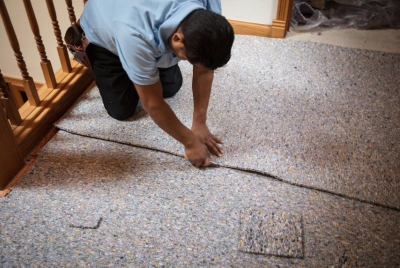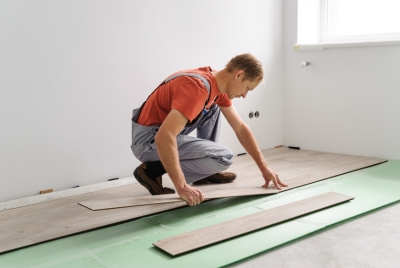Does sound reducing floors really work?
By Steve Williams,
Unless you live alone, you can hear the noise from everyone beyond the room they’re in. Even worse is the sounds seeping through your flooring and into the rooms below. The solution to noise overflow within your home is sound-reducing floors.
Where to Install Floor Insulation?
To be the most effective, install floor insulation during the construction phase of a home. Place the insulation materials between the floor joists, the plywood base, and the additional sub-flooring. By adding insulation here, you can add thicker materials that may offer extra soundproofing. At this point, you can also install corking or rubber-based floor insulations.
If you want to improve the noise level in an existing home, the best time is when you’re replacing or repairing the current flooring. Once you remove the old flooring, the new floor insulation can be added directly to the top of the sub-flooring. This can be placed under the carpet, ceramic tile, or wood. It really doesn’t matter what type of flooring is going on top, it’s the type of insulation you use to soundproof that matters.
The best insulation would be the thinnest with the most noise reduction capabilities. For floors, rubber or cork insulation provides the most durable underlying material. It won’t raise floors significantly and allows flooring materials, such as vinyl, to go down smoothly.
Why Go to the Trouble?
As houses age, the creaks and noises seem to increase not too much differently than an aging body! You are giving the floors more stability by adding floor sound insulation. This will help quiet squeaky floors that have had their screws come a little loose over the years. It also helps boards that might have warped a bit. Most of all, it will reduce the amount of noise seeping from the rooms above.
Consider improving the quality of noise control in your house. Sound-reducing floors in your home are an investment that increases the value… and saves your sanity.



